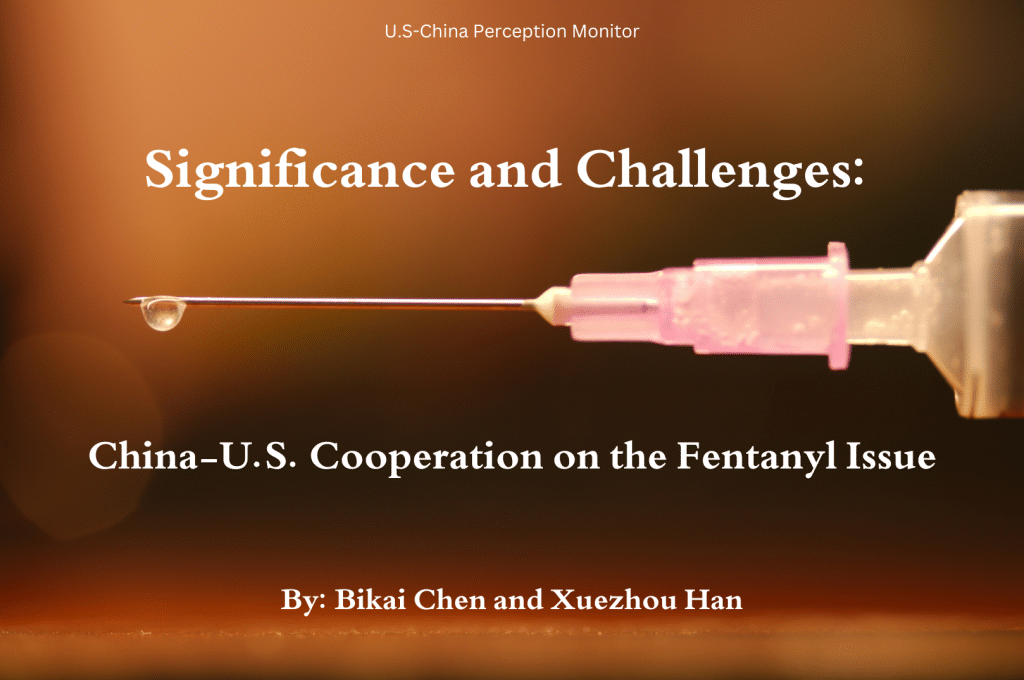Significance and Challenges: China-U.S. Cooperation on the Fentanyl Issue
Reshaping Bilateral Trade Flows: Lighthizer’s Impact and the Great Shift
- Analysis
- Juan Zhang
- 25/01/2024
- 0
New data shows that Mexico has surpassed China as the largest official source of imports to the United States for the first time in over two decades.
The data indicates that last year, the U.S. trade deficit with China significantly narrowed, with imports from China dropping by 20% to $427.2 billion. Released by the U.S. Census Bureau on February 7th, the new data underscores a significant shift in trade flows between Washington and Beijing due to deteriorating bilateral relations.
The data also shows U.S. consumers and businesses have shifted towards purchasing automotive parts, shoes, toys, and raw materials from Mexico, Europe, South Korea, India, Canada, and Vietnam. The United States and China “are decoupling, and that’s weighing heavily on trade flows,” said Mark Zandi, the chief economist of Moody’s Analytics, according to a report from the New York Times.
Robert Lighthizer, the United States Trade Representative for the Donald Trump administration from 2017 to 2021, has had a consequential impact on altering the trade flow between China and the United States.
Lighthizer, an architect of the Trump administration’s trade policy, argues that using tariffs to promote American industry is a Republican tenet and believes that U.S. trade policy “should revolve around helping working-class American families.”
To that end, Lighthizer has long argued that allowing China to join the World Trade Organization and granting the country most favored nation status was a mistake.
Data released by Statista shows that China and the U.S.’s interdependence has grown exponentially over the decades, with China becoming the U.S.’s largest trading partner. In addition, China surpassed Japan in 2009 to become the world’s second-largest economy, behind the U.S.
In 2017, the year when the Trump administration assumed office, U.S. exports to China totaled $130.4 billion, and U.S. imports from China totaled $505.6 billion. The trade deficit was $375.2 billion, an 8.1% ($28.2 billion) increase from 2016.
From Lighthizer’s viewpoint, long-time trade deficits are detrimental to the United States, leading to the hollowing out of its manufacturing sector, unemployment among blue-collar workers, and declining incomes, thus contributing to various economic and social issues. He advocates wielding tariffs to rebalance external trade, revitalize manufacturing, bolster the middle class, and restore American vitality.
Upon entering the Trump administration, Lighthizer started to implement policies that reflected his firm beliefs, a move that proved to have a far-reaching impact on U.S.-China trade relations. In 2018, the Trump administration imposed tariffs on China, eventually leading to tariffs on some $350 billion of Chinese goods. With the start of the trade war between China and the U.S., the free trade principles that have dominated U.S. policy for over two decades have started to crack.
The subsequent Biden administration has largely kept the tariffs. There is no sign that the Biden administration will eliminate any tariffs amid a tough re-election campaign.
“If Lighthizer’s trade protectionist arguments were still heresy-style when Trump was in power, then after Biden’s nearly four years in power, trade protectionism almost became a domestic trend in the United States. Hardliners in Congress have proposed a bill to suspend China’s permanent normal trade status to provide a legal basis for imposing tariffs on Chinese goods across the board,” said Wei Zongyou, a professor at Fudan University’s Center for American Studies.
A recent NPR report shows that it’s not clear American manufacturers have gained all the benefits from the trade war with China. Imports from Vietnam have more than doubled since the tariffs went into effect. The article cited a 2023 report by the U.S. International Trade Commission, an independent, nonpartisan agency, which found that American importers, not the Chinese, have borne most of the costs.
Nevertheless, trade protectionism is here to stay in today’s U.S. politics. In a recent interview with the Washington Post, former President Donald Trump said he would introduce more than 60% tariffs on Chinese goods if he wins November’s election.
In his widely circulated new book “No Trade Is Free: Changing Course, Taking on China, and Helping America’s Workers,” published in 2023, Lighthizer elucidates the motivations behind America’s new trade protectionism.
In his book, Lighthizer describes the aftermath of manufacturing job losses, which led to the decline of American communities and the devastation of livelihoods. He contends that a job is more than just employment—it provides families with a sense of pride and sustenance. Without this pride, communities suffer, and cheap consumer goods like TV sets or T-shirts cannot bring fulfillment.
To put American workers first and protect their interests, Lighthizer calls for a return to mercantilism, bypassing the WTO and imposing tariffs globally.
As Politico describes, Lighthizer is “a decades-long skeptic of Beijing”. He perceives China as America’s “existential threat” and advocates for strategic decoupling in various economic, technological, and trade domains between the countries.
In his book, Lighthizer outlines eight measures aimed at rebalancing U.S.-China economic relations, including, first and foremost, suspending China’s most favored nation status and adjusting tariffs based on trade balances.
“There is a high chance that many of the measures outlined in Lighthizer’s book will be implemented, especially the first approach,” said Wei.









